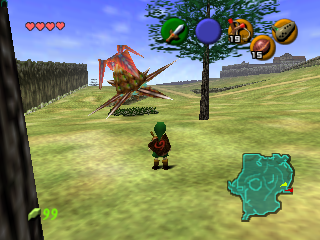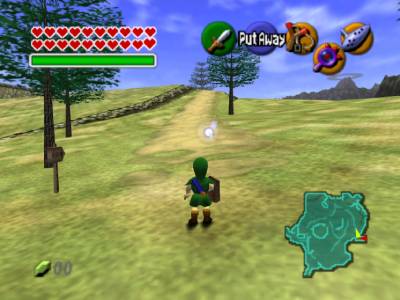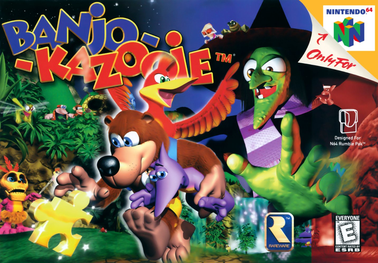Game Stats
- Developer: Nintendo
- Publisher: Nintendo
- Genre: Platformer
- PAL Release Date: 10/05/1998
- Metacritic Score: 65
- Single/Multiplayer: Single Player
- Expansion Pak Compatible: No
- Available on Nintendo Switch Online: Yes
What We Said Then
Nintendo’s Yoshi’s Story has finally flutter-jumped onto the N64, and while it’s undeniably gorgeous, it may leave fans hungry. The storybook visuals are bursting with charm, making each stage feel like a living pop-up book. Yoshi controls beautifully, with his flutter jump as satisfying as ever. However, the gameplay is surprisingly shallow—levels end after eating just 30 fruits, making the adventure feel short and simple. Younger players will adore the cheerful presentation, but veterans expecting another Yoshi’s Island may be disappointed. Still, its charm and creativity shine, even if the challenge doesn’t.
What We Say Now
When Yoshi’s Story released for the Nintendo 64 back in 1997, it was met with a mix of excitement and confusion. Coming off the heels of the critically adored Super Mario World 2: Yoshi’s Island on the SNES, expectations were sky-high. Players wanted another deep, inventive platformer that pushed the series forward. What they got instead was a vibrant, charming, but ultimately lightweight game that still sparks debate today.
Booting it up in 2025, the first thing that strikes you is the art direction. Even by modern standards, Yoshi’s Story looks striking. The pop-up book aesthetic, with its fabric textures, cardboard cut-outs, and picture-book style presentation, is timeless. In an era before high-definition graphics, Nintendo leaned into style over raw horsepower, and it paid off. The game radiates personality, and its visuals remain its strongest selling point.
Gameplay, however, is where things get complicated. Unlike most platformers, Yoshi’s Story isn’t about simply reaching the end of each stage. Instead, the goal is to eat 30 pieces of fruit to complete a level. This mechanic sounds fresh on paper but leads to mixed results. On one hand, it encourages exploration and experimentation—you’re free to chase down your favorite fruit or even go for the “Melon Challenge,” a self-imposed run where you only eat the hardest fruit to collect. On the other, it means levels can end far too quickly, robbing you of the chance to fully appreciate the stage design.
Content is another sticking point. With only 24 stages in total, and just six playable per run, Yoshi’s Story can feel shockingly short. A skilled player might finish the entire game in under an hour. For kids in the late ’90s, that brevity was a disappointment compared to the lengthy, sprawling platformers of the time. Even now, it feels like a title caught between being a full platformer and a charming interactive toy.
That said, it’s unfair to dismiss the game outright. Yoshi controls smoothly, with a sense of weight and bounce that still feels satisfying today. The “flutter jump” remains iconic, and the game’s playful sound design—complete with Yoshis singing their own theme song—adds to the cozy, whimsical atmosphere. The soundtrack, though repetitive, is infectiously cheerful, perfectly matching the picture-book style visuals.
Revisiting Yoshi’s Story today, its role becomes clearer: it wasn’t meant to be a direct sequel to Yoshi’s Island. Instead, it was designed as an accessible, cheerful entry point for younger players—a “first platformer.” Judged in that light, it succeeds. The difficulty is low, the presentation is endearing, and there’s enough charm to keep you smiling, even if it doesn’t demand the same skill as its predecessor.
In 2025, Yoshi’s Story is best seen as a fascinating experiment. It’s not the deep, challenging platformer many wanted, but it’s an aesthetic triumph that still feels unique in Nintendo’s library. For retro enthusiasts, it’s worth revisiting for the visuals and the sheer quirkiness of its design. Just don’t expect it to last you long.
Gameplay Video
Screenshots








